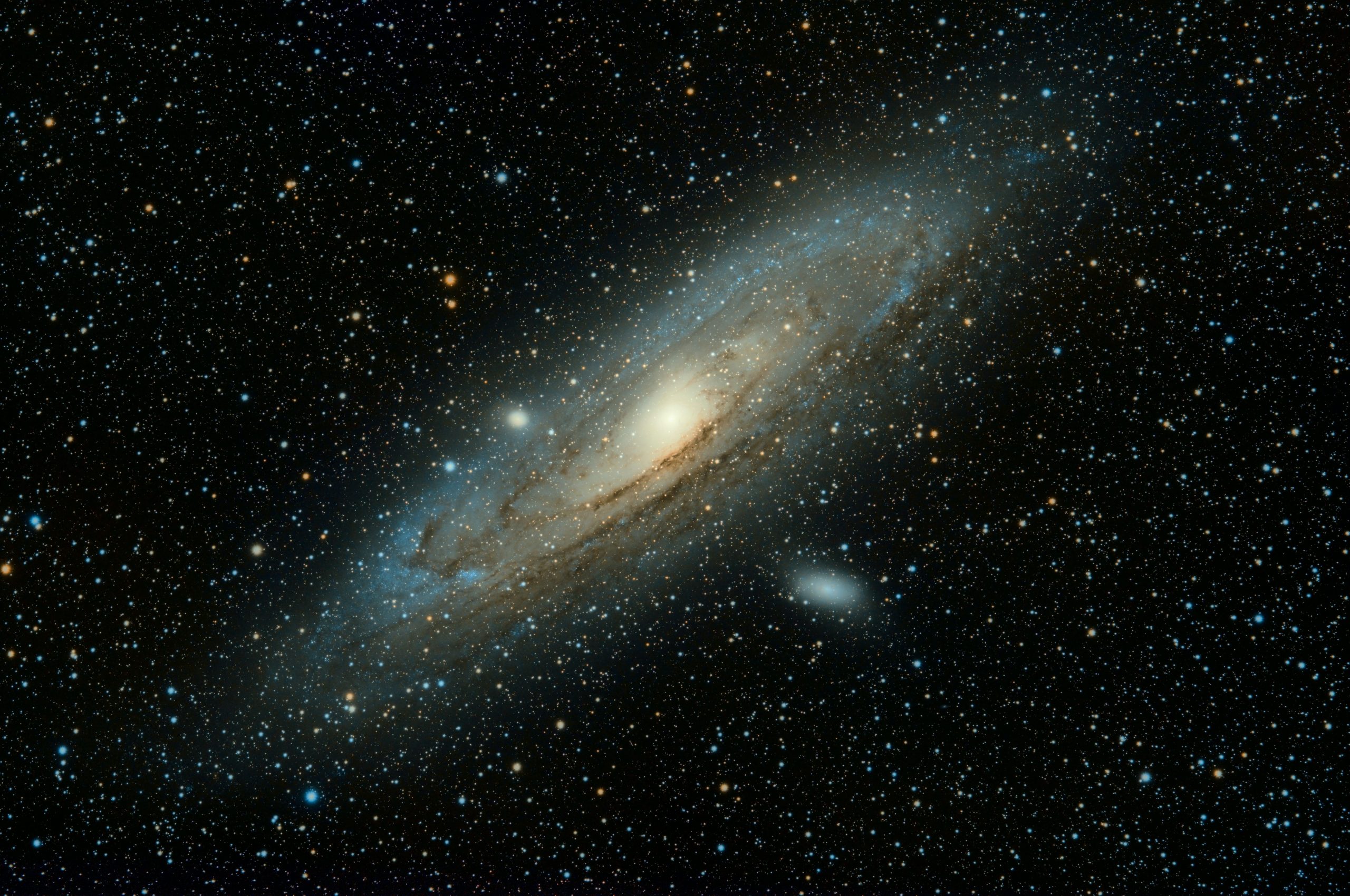A team of International astronomers discovered a rare
cloudless exoplanet named ‘WASP-62b’ about 575 light years away from Earth which reportedly carries uncanny resemblance to Jupiter in size.
The recent discovery was made by astronomers from the
Center for Astrophysics at Harvard & Smithsonian, according to a report
published in Astrophysical Journal Letter.
Also Read: NASA releases 23-year-old pictures of Jupiter’s northern and southern auroras
According to the research, WASP-62b is a gas giant, first
detected in 2012 through the Wide Angle Search for Planets (WASP) South survey.
The scientists, however, could not study its atmosphere until
now.
The planet known also called a ‘hot Jupiter’,
owing to its resemblance with the planet, is about half the mass of our solar
system’s Jupiter, but unlike Jupiter, this new planet completes a rotation
around its star in just four-and-a-half days unlike Jupiter
It’s only the second time that researchers
located an exoplanet with no clouds.
The team of 15 scientists led by Munazza Alam, responsible
for the discovery revealed that a Hubble Space Telescope to was used to record
data and observe the planet using spectroscopy.
Also Read: Full ‘wolf moon’: History, significance and when to watch
Astronomers believe that studying such researches that
explore exoplanets with cloudless atmospheres can lead to a better understanding
of cosmos and give fascinating insights on how these planets are formed.
Alam said that
the rarity “suggests something else is going on or they are formed in a
different way than many planets”.







